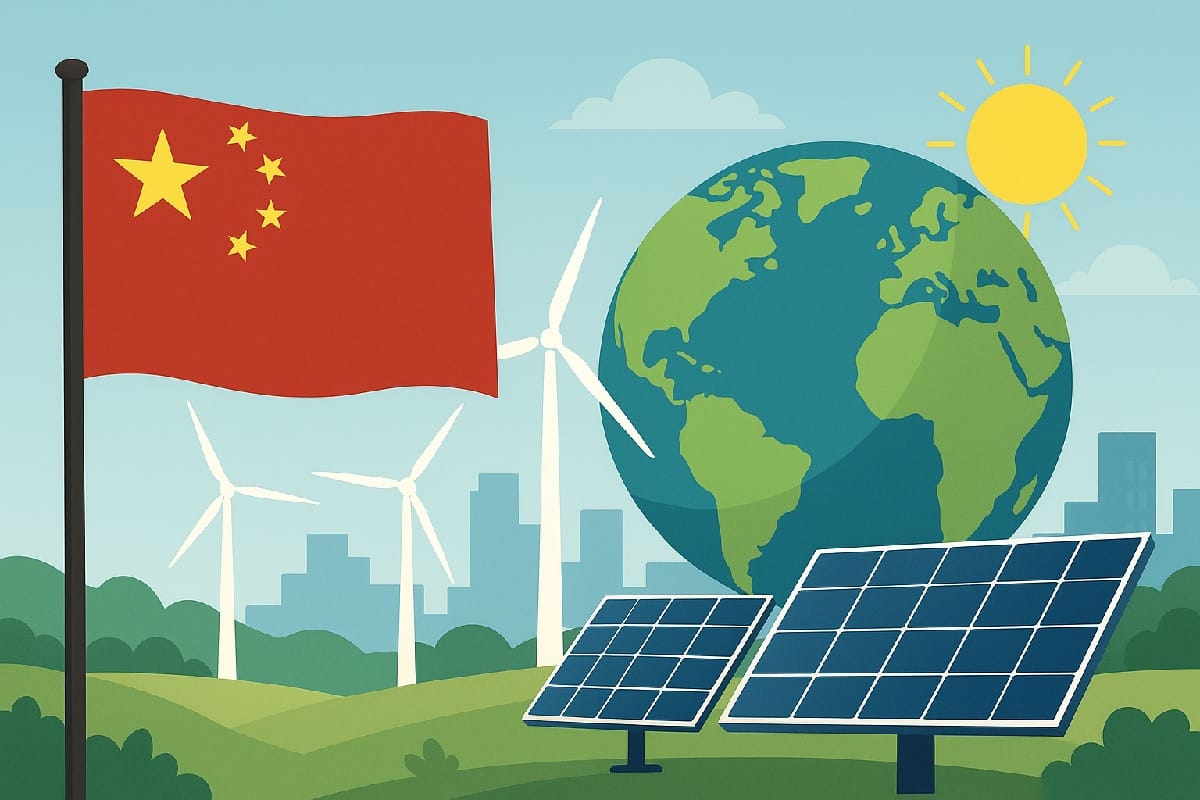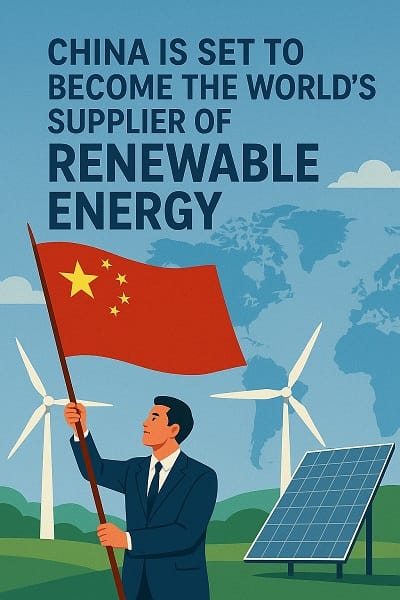
The world's largest solar farm on the world's highest plateau
A technological achievement that raises difficult political and ethical questions.
One of the ways of reaching the global target of net-zero emissions by 2050 is by developing projects in the field of solar energy. Net-zero emissions means balancing the amount of greenhouse gases emitted with the amount removed from the atmosphere, thus putting a halt to climate change. According to the United Nations Net Zero Coalition, the Paris Agreement calls for emissions to be reduced 45% by 2030 in order to reach the net-zero goal by 2050.
China, the United States of America, India, the European Union, the Russian Federation, and Brazil are the world's largest greenhouse gas emitters. These nations accounted for 63% of global emissions in 2023. The G20—the world's twenty largest economies—are collectively responsible for 77%, according to the UNEP Emissions Gap Report 2024. By contrast, the forty-five least developed countries together accounted for only 3%.
Climate change is a collective problem that demands collective solutions. To bring about the transition to net-zero emissions, governments have the biggest responsibility to take action. We must not forget, though, that businesses, investors, cities, states, and regions must also keep their promises. Without a global understanding and global collaboration, the plan is sure to fail.
Solar energy helps to reach net-zero emissions by 2050
Solar energy from the Sun’s radiation can be converted into electricity or heat. This is achieved through technologies such as photovoltaic solar panels (PVSP), which use semiconductors to turn sunlight directly into electric current, or concentrated solar power (CSP), which uses sunlight as a heat source to boil water and create steam. Either way, it brings us closer to the net-zero target by displacing fossil fuels and reducing greenhouse gas emissions.
Solar panels are sustainable, but still have costs of their own. The process of manufacturing, land use, and transport creates some carbon emissions. Yet even when considering the manufacturing and processing of solar panels, the emissions generated are three to twenty-five times less than generating the same amount of energy from fossil fuels. In other words, the reduced emissions from using solar energy versus any fossil fuel —especially coal—make solar technology extremely climate-friendly.
Out of all the world's countries, China has taken the lead by embarking on a major renewable energy project.
162 square miles of solar panels on the world’s highest plateau

The Tibetan plateau is the world's highest region, at nearly 10,000 feet of altitude. It’s there where China is building an impressive network of clean energy industries. The plan is to harness the region's sunshine, cold temperatures, and high altitude to provide low-cost renewable energy.
Seven million solar panels, known as the Tibetan Solar Park, cover an area seven times the size of Manhattan. They power five million homes, as well as China’s AI and supercomputing infrastructure. China’s ambitious goal to reach carbon neutrality by 2060 also includes wind and hydropower developments.
As mentioned earlier, China is currently one of the world’s biggest polluters. However, last month, Chinese president Xi Jinping said that China would reduce its greenhouse gas emissions and would expand renewable energy sixfold in the next few years, as reported by the New York Times.
China’s clean energy plans contrast with the United States' actions under President Donald Trump’s administration, which is putting pressure on other countries to buy more American gas, oil, and coal. Meanwhile, China’s efforts go into investing in cheaper solar and wind power, electric batteries, and electric vehicles. China’s goal is to become the world’s chief supplier of renewable energy and the products that rely on it.
Other countries have experimented with high-altitude renewable power. For example, in 2019, Switzerland built a floating solar farm high in the Swiss Alps, on the Italian border. The installation consisted of 2,240 square meters of solar panels that float on the surface of the reservoir of Lac des Toules.
However, no other country is using high altitudes for renewable power on such a scale as China. Without a doubt, this move positions China as the leader in the future of clean energy.
This is the kind of ambitious project that will redefine how nations compete for leadership in energy production. Oil and coal are part of the past. From solar panel production to advanced grid systems, the future belongs to the nation that will dominate innovations in renewable energy.
Ethical, environmental, and other implications
Reactions to China’s solar farms in the Tibetan Plateau are mixed. On one hand, the solar farm plays a role as a model project for renewable energy and economic development.
On the other hand, there are concerns that include potential long-term effects from changes in vegetation and water flow, in spite of adaptations such as elevated panels to allow for sheep to graze underneath. The large-scale project might accelerate environmental degradation in the plateau, one of the most climate-vulnerable regions on the planet. Large-scale solar farms can cause erosion, water contamination, and biodiversity loss if not managed carefully, as noted by The Diplomat. Some Tibetans are concerned about the impacts on traditional livelihoods.
Most seriously, the solar farm on the Tibetan Plateau raises concerns over China's human rights record and its handling of dissent. Foreign media are restricted from covering Tibet, and Chinese authorities have suppressed protest by Tibetans. ET Manufacturing reported that local residents who speak out against the project are punished, as in the case of a Tibetan man who was detained for documenting mining damage.
These concerns play into the ongoing conflict between China and Tibet which focuses on Tibet’s fight for autonomy. Tibet is recognized as an Autonomous Region of China, but it lacks true self-governance.
Other geopolitical issues include concerns over "hydro-hegemony" stemming from China’s control of the headwaters of major Asian rivers, raising the fear that it could cut off or alter water flows to downstream countries. This has the potential to disrupt the power balance of the region, as discussed in this paper published on ResearchGate.
Chinese solar farms in Tibet highlight the tension between the urgent global need for clean energy and the potential for environmental destruction and human rights abuses. A truly just green transition requires environmental protection for sensitive regions, transparency, and meaningful community participation. There must be a balance between technology, ecology, and the community involved.
